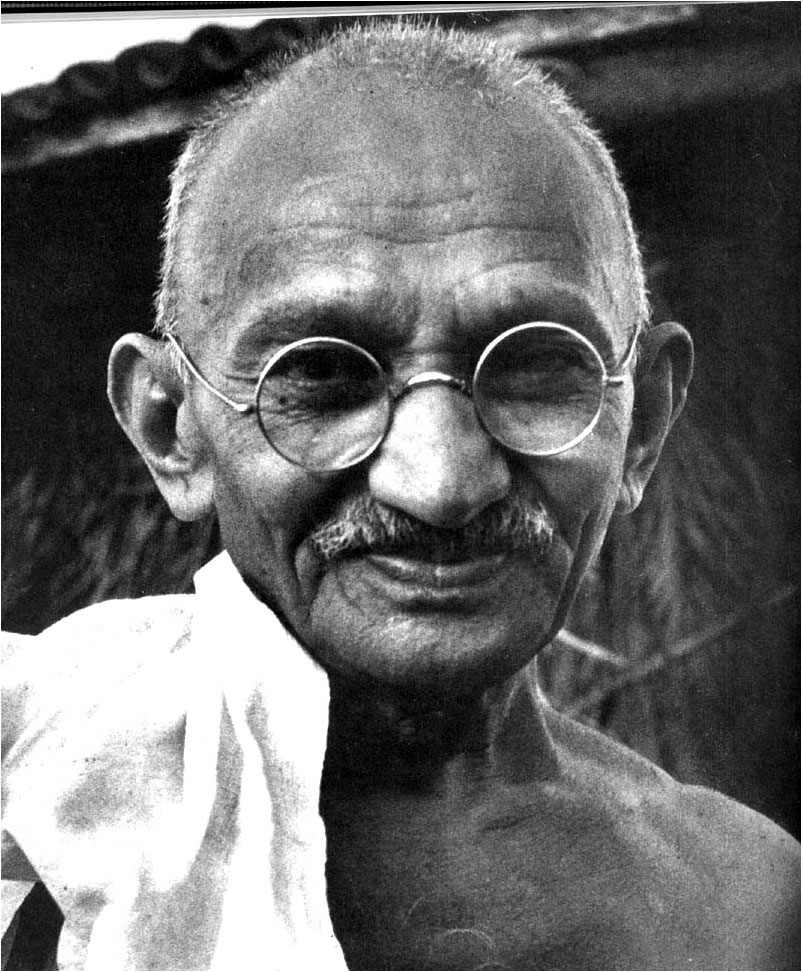In the midst of exams, I was fortunate enough to attend the Yale Global Health and Innovation Conference in New Haven, Connecticut. Through Roxana and Brent’s generosity, 6 GRSers were sponsored to represent UBC at the event. Presenters and attendees flocked from all over the world to share in a weekend of truly revolutionary thinking about public health and social entrepreneurship in the developing world. The sheer number of presenters was staggering, and I spent several hours each day researching the sessions in order to choose which ones to attend. In the end, I took part in a variety of sessions – from lectures in huge auditoriums to workshops in a more intimate setting – and came away from the conference with a new perspective on numerous issues.
The conference was structured with several keynote presentations each morning, for which all conference attendees were present. Following the keynote speakers, the program broke out into research presentations, social entrepreneurship pitches, and student leaders in global health presentations, with multiple sessions throughout the day. Although the breakout presentations were interesting, I found them to be a bit too specific for my level of specialization. As a GRSer, I have certain areas of interest but haven’t narrowed my focus to one particular issue as of yet. Therefore, I feel that I connected most with the keynote presentations, as they were targeted to a more general audience and were highly diverse.
On the first day, the two keynote speakers who really caught my attention were Gary Hirshberg, co-founder and chair of Stonyfield Organics, and Michael Moss, author of the critically acclaimed book Salt, Sugar, Fat. Both Hirshberg and Moss have an insider’s perspective on the food industry, which was fascinating to hear from. Even though they each approach the food industry from a different place – Hirshberg operates within the food industry while Moss is critical of it – they share the opinion that health should be the main objective of the food system, and that this objective has been usurped by the pursuit of profit maximization.
Hirshberg’s main concerns relate to the detrimental effect of conventional agriculture on environmental health; he fears that the externalization of cost that has allowed conventional agriculture to increase yields and decrease prices will lead to irrevocable damage to the earth’s ecosystem. He created Stonyfield Organics in order to show the world that the population can be fed through organic agriculture; moreover, he asserts that the transition to sustainable farming practices on a global scale could improve the situation of millions of people worldwide, and could help internalize many of the costs that are currently external to the agri-food economy. In addition, he strongly believes that conventional farming methods are responsible for innumerable negative effects on human health, and that it is only thorough abandoning our exalted doctrine of genetic modification and heavy pesticide/herbicide use that health outcomes will improve.
As we travel up the food supply chain, Moss’ area of interest comes into view: the processing and manufacturing of “food-like” products. His work revolves around infiltrating food processing corporations in order to uncover the means by which the junk food industry has secured such powerful role in today’s economy. Through his investigation, he has come to the conclusion that the manipulation of three different properties of food – salt, sugar, and fat – has enabled the junk food giants to engineer foods that have similar addictive qualities to narcotic drugs. Through the engineering of “bliss points,” food items become utterly irresistible; moreover, junk food products are engineered to avoid the phenomenon of “taste-specific satiety,” which signals the body to stop eating a specific food (for example, taste-specific satiety explains why although you might be full from dinner, you can still “make room” for dessert). He asserts that the manipulation of food products in such a way is exploitative of human biology, and has been a critical factor in the rise of overweight and obesity worldwide.
Fascinating stuff! And thats just one PART of the morning session. I will follow up with more interesting info from the second day; for now I think I’ve left you with more than enough food for thought (get it? aren’t I punny?!).

